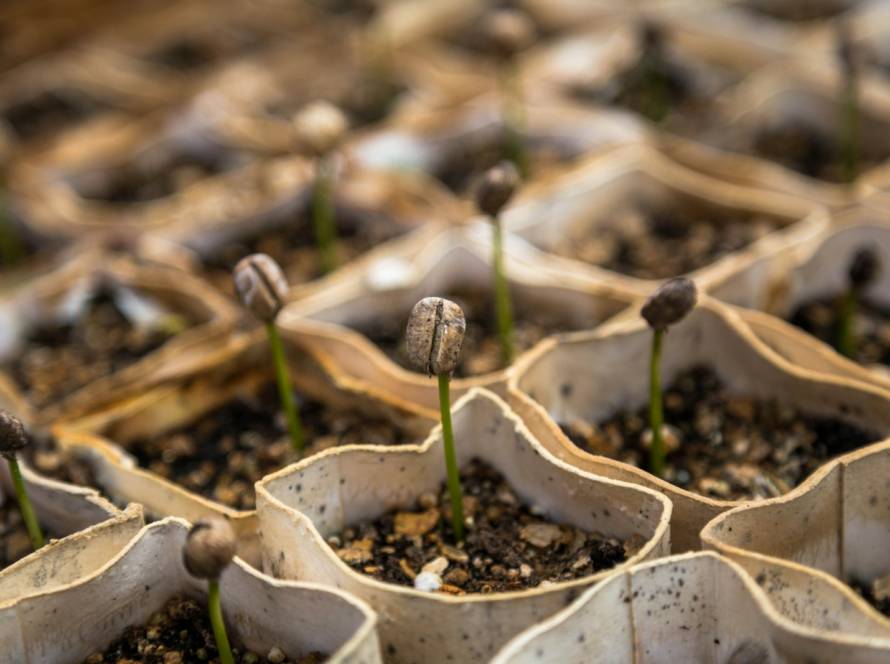Sustaining Biodiversity: The Role of Shade-Grown Coffee Farms
Coffee is not just a morning pick-me-up; it’s a beverage deeply intertwined with ecosystems and biodiversity. While coffee cultivation has often been associated with deforestation and habitat loss, shade-grown coffee farms offer a sustainable alternative. These farms provide vital habitat for numerous bird species, contributing to biodiversity conservation efforts worldwide.
Shade-Grown Coffee and Biodiversity: Shade-grown coffee is cultivated under a canopy of trees, mimicking the natural forest environment. Unlike sun cultivation, where forests are cleared for maximum sunlight exposure, shade-grown coffee farms preserve existing tree cover. This habitat structure supports a diverse array of plant and animal species, especially birds.
Bird Diversity in Shade-Grown Coffee Farms: Research has shown that shade-grown coffee farms host significantly higher bird species richness and abundance compared to sun coffee plantations. The canopy trees provide nesting sites, food sources, and shelter for birds throughout the year. Migratory birds, in particular, rely on these habitats during their journeys, making shade-grown coffee farms crucial stopover sites.
Conservation Benefits: The presence of diverse bird populations in shade-grown coffee farms has far-reaching conservation benefits. Birds act as natural pest controllers, preying on insects that can damage coffee crops. By reducing the need for chemical pesticides, these avian allies promote sustainable farming practices.
Moreover, birds aid in seed dispersal and pollination, facilitating the regeneration of native plant species within and around coffee farms. This ecological function enhances the resilience of ecosystems and contributes to the overall health of surrounding landscapes.
Supporting Sustainable Practices: Consumers play a vital role in promoting biodiversity conservation through their coffee choices. Opting for shade-grown coffee supports farmers who prioritize environmental stewardship and wildlife conservation. Certifications such as Bird-Friendly Coffee and Rainforest Alliance endorse shade-grown practices, providing consumers with assurance of sustainability standards.
Challenges and Opportunities: Despite the ecological benefits of shade-grown coffee, its adoption faces challenges. Economic pressures often drive farmers to opt for sun cultivation, which yields higher coffee yields in the short term. Additionally, climate change and market fluctuations pose threats to the viability of shade-coffee systems.
However, initiatives aimed at promoting shade-grown coffee, such as fair trade partnerships and conservation programs, offer incentives for farmers to embrace sustainable practices. Investing in agroforestry techniques and providing technical support can help farmers mitigate risks while reaping the long-term benefits of biodiversity conservation.
Your cup of coffee has the power to support biodiversity conservation efforts worldwide. By choosing shade-grown coffee, consumers not only savor a rich and flavorful brew but also contribute to the preservation of vital ecosystems and the protection of countless bird species. Let’s raise our mugs to a sustainable future where every sip supports biodiversity and the beauty of nature.




